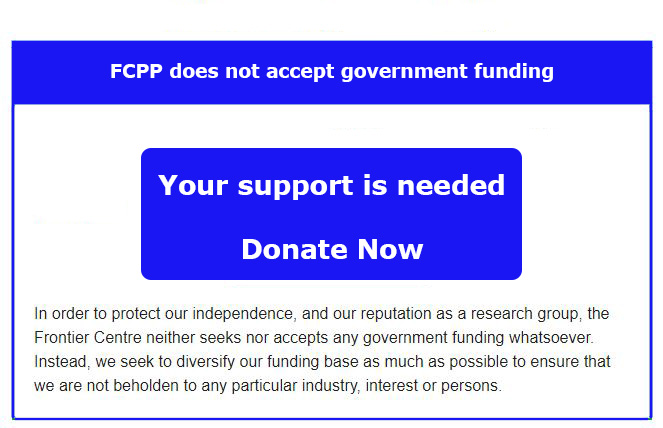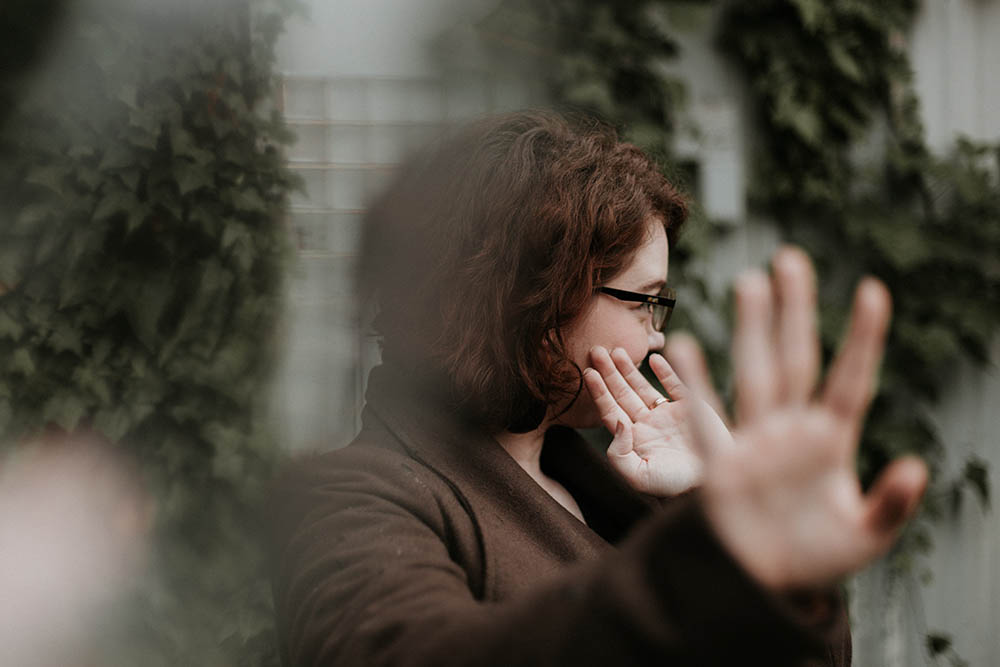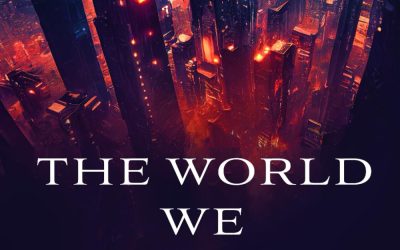San Francisco, by all accounts a liberal city of diverse communities, is in the grips of what by many is seen as a spree of racist attacks against its Black and Asian residents. According to some reports, anti-Asian crimes have more than doubled while hate crimes against Black people increased by 87 per cent.
San Francisco is not the only city facing this concern, however. According to the Anti-Asian Prejudice Center for the Study of Hate & Extremism, anti-Asian hate crimes reported to police in large U.S. cities increased by 164 per cent during the first quarter of 2021 over the same period of 2020.1
Police reported statistics generally take some time to collect, process, verify, and release; and therefore, are often hard to compare to other jurisdictions and not always available for up-to-date analysis.
The fact is that crime is cyclical, impacted by many variables. There is no dismissing that the recent politicization of COVID-19, increasing tensions between national interests—which too is highly politicized, international conflicts—including those driven by and against religious ideologies, and general social unrest have all contributed in one way to that people attribute others, and to the types of relationships they share.
This of course, would not be an issue if our communities were homogenous, but that is not the case. We pride ourselves on the diversity and inclusivity of our society, our ability to live, work, and be part of a global community and therefore, must also mitigate the challenges associated with diversity and the darker impulses of human nature.
This darker impulse, the propensity for implicit or explicit otherization, is something that cannot be categorized or defined in ways that provide clear and hard demarcations of acceptable and unacceptable otherization. What are the acceptable, or better put tolerable, boundaries of implicit dislike for someone, if any? That would of course be something that is largely within the purview of a very personal and individual self-reflection. There is no way of really knowing how one feels about you or others like you, nor how you feel about others.
What level of explicit expression of dislike towards someone else is tolerable—not getting on an elevator with someone because of who they are is not an offence, but it is offensive. Not holding the door open for someone because of who they are while holding it open for others is also not an offence, but it is offensive.
What is apparent is that our propensity for otherization remains present and healthy. We remain susceptible to generalization, marginalization, and even manipulation. We are much better at controlling this darker impulse today, no doubt. We have myriad laws, regulations, protocols, and sanctions today to ensure compliance with normative expectations, but all of these impact explicit expressions of otherization, not implicit beliefs and values.
As citizens of egalitarian societies we draw comfort from the protections against discrimination, against marginalization, and against violence. But this comfort is based as much on the legitimacy of the laws and values we express as much as on our belief in the goodness of our communities and our place within it.
Police reported occurrences of hate-based crimes is the statistical response to the gauging of the health of the explicit behaviour of our neighbours; it does not reflect their implicit position—either of their own values and beliefs or on how they view violations by others.
Statistics are numbers and nothing is more re-victimizing for a victim than to be relegated to a statistical number. Further, statistics have consequences far beyond their intended purpose; statistics can also imply a sense of safety, or more precisely, a false sense of risk vulnerability for the vulnerable and risk-averse. A sense of insecurity that can impact their lives in much deeper, more negative ways than necessary and for periods far longer than necessary.
Statistics, while being a representation of actual victimization, can themselves victimize in ways not intended.
A recent article in the New York Times reveals how citizens, including those in leadership positions with the police service and city politicians, perceive the apparent rise in hate-motivated crimes in their city.
There is disagreement even amongst members of the Asian community on how to respond to the crime surge, or if it even really is a surge of hate-motivated crime. While some leaders want to see more police officers assigned to the beat, a tough-on-crime response, others argue for exploring other solutions that do not involve law enforcement. And the police have, as might be expected, used the opportunity for advocating for increased funding.
As the piece notes:
How city leaders, police officials and prosecutors should respond to the violence has been part of a bitter and emotional debate at a time when Asian Americans in California and across the country have been victims of verbal and physical attacks during the coronavirus pandemic.2
Bill Scott, the chief of police, is reportedly disappointed by the Board of Supervisors (police service board) to fund the hiring of an additional 200 officers. Scott is quoted as saying “the style of policing that I believe San Franciscans want is labour-intensive—community engagement, foot beats, bicycle patrol.”3 Scott is apparently alluding to that rhetorical idea—community policing.
Ms. Chan, one of the city’s supervisors of Chinese descent, has argued that the money can be better spent on other city services and that the police can do more with its current staffing. As Chan notes: It’s not really about the number of officers, it’s really about the quality of our officers.”4 Chan is correct to the extent that quality should matter as much as quantity and policing has and continues to be far too focused on quantitative analysis.
Further, there is disagreement on whether the assaults on Asians were motivated by race or random. None of those arrested in the seven most high-profile incidents since January were charged with hate crime. According to the New York Times report, the common thread among the suspects is that most, but not all, have a history of homelessness or mental illness and often both.5
So even those in the victim communities are arguing for a move away from the reflexive tougher on crime response, and want to understand and mitigate the underlying issues. Even hate has an origin, a genesis, and percolates through stages of expression. Suppression is a necessary and effective response when matters are getting out of hand, but without mitigating the underlying causes it is only suppressed, concealed, and worse allowed to fester until it’s expression is released in ways that are shocking and then slowly erodes common decency through a process of outrage exhaustion.
But hate is real and hate-motivated crimes and sentiment are on the rise.
According to the FBI’s 2019 Hate Crime Statistics there were 7,314 hate crime incidents involving 8,559 victims of hate crime incidents in 2019. Also according to the same report, there were 7,103 single-bias incidents involving 8,552 victims and 211 multiple-bias hate crime incidents involving 260 victims. Further, the same report indicates that there were 7,036 single-bias incidents in 2018 compared to 7,103 in 2019.6
Hate motivated crime has also indicated increases across the United Kingdom.
According to the Northern Ireland Statistics and Research Agency there was a decline in levels of racist incidents and crimes between 2009/10 and 2011/12, however, increases were reported each year between 2011/12 and 2014/15 (the highest recorded in the series). Levels have trended downwards since 2014/15 with the exception of increases seen in 2018/19 and 2020/21. The number of incidents recorded in 2020/21 are the eighth highest in the data series, with the number of crimes being the seventh highest.7
In 2019/20, there was an eight per cent increase on the figure for 2018/19, reportedly the lowest percentage increase since 2013/14. However, it is estimated that only 47 per cent of hate crime incidents were reported to the police compared to 38 per cent of all crimes.8 This raises two concerns—first, that 53 per cent of hate crimes are not recorded, and second that hate crimes are deemed to have a far greater personal impact on the lives of citizens and therefore reported more frequently than other crimes. It also raises a more critical question about police legitimacy given that citizens are reluctant to engage their police for more than half of the crimes committed against them.
Another vile expression of hate on the rise is antisemitism. A report by the European Union Agency for Fundamental Rights published the Eurobarometer—findings on perceptions of antisemitism among the general population in the European Union. The results show a significant discrepancy compared with the views of Jewish respondents in the France survey from 2018. While only 36 per cent of the general public felt that anti-semitism had increased in the past five years, 89 per cent of Jews reported anti-semitism had increased.9
What is increasingly apparent is that policing alone cannot be the answer.
Canada is by far a more tolerant and egalitarian society than that of our neighbours to the south, but racism and hate are not absent here. And like our neighbours to the south, we need to look beyond our laws, human rights, and reputation to reveal and mitigate the causes of this most corrosive of human tendencies. And the solution does not, should not, and cannot only lie only in laws and regulation, or by being tougher on crime.
If numbers tell a tale then our own statistics also convey concern. Police-reported hate crimes increased by seven per cent in 2019 compared to the previous year. In 2017, the number of hate crimes increased by 47 per cent and has remained at comparable levels in 2018 and 2019.10
In 2019, almost all provinces and all territories reported increases, including British Columbia (+49 incidents), Ontario (+43 incidents), Quebec (+23 incidents), New Brunswick (+18 incidents) and Manitoba (+14 incidents). Only Alberta recorded a decrease from 2018, with 38 fewer incidents.11
According to B’nai Brith of Canada there were 2,610 anti-semitic incidents recorded in 2020, the third consecutive year in which the 2,000 plateau was exceeded and the fifth record-setting year. More than seven anti-semitic incidents occurred every day in 2020, and 18.3 per cent increase of recorded anti-semitic incidents compared to 2019.12
These are more than numbers, these numbers represent the tip of an iceberg of unreported incidents, incidents that cannot be classified as offences but nonetheless were offences of otherization, and only represent a tip of the iceberg of fear that corrodes healthy relationships amongst our neighbours, social productivity, and quality of life.
A briefing paper on hate crime for the House of Commons Library in the United Kingdom provides a rare admission of this shortcoming:
There is no single reliable source of hate crime statistics in England and Wales. The two main sources used to record crimes in England and Wales are the Crime Survey of England and Wales (CSEW) and the Police Recorded Crimes series. Both are problematic in that the CSEW does not cover all crimes which may have a hate crime component such as homicides and public order offences. Nor does it record crimes directed against those aged under 16. Police recorded figures do not have National Statistics status like the CSEW and are likely to underreport the true extent of hate crime as many people do not report it to the police.13
There is at present no universal standards, definitions or means for determining the extent and scope of hate motivation across different jurisdictions, a significant gap given that the internet, the primary tool for hate propaganda, has no boundaries.
Much more needs to be done on understanding the causes for hate-motivated crimes, strategies for mitigating escalation of hate and bias formulation, for disrupting hate-based groups and ideologies, but also on understanding the impact hate crimes has on individuals, families, and communities.
There continues to be a reflexive faith in law enforcement as a go-to response to hate crime and too little for commitment to understanding the lack of police legitimacy when it comes to the reporting of hate crimes.
There is too little, if any, recourse for the implicit expressions of bias that permeate societies, and which forms the basis for the festering of higher levels of hate.
There are too many examples of humanity’s capacity for committing atrocities beyond rational understanding—the Holocaust, Cambodia, Bosnia and Herzegovina, Rwanda, Darfur, Myanmar, and China. We, in Canada, have our own unfolding example of just such a capacity.
Hate-based crime, and bias-based otherization costs us much more than can be measured by statistics, or controlled by laws and law enforcement alone. It is time to shift emphasis from simply measuring trends, which are always too late for those already victimized—the few that we know about and the majority who we may never know about—to qualitative measures of a healthy society—social cohesion, quality of life, sense of belonging, and feelings of self-worth, and engagement.
Anil Anand is a research associate with the Frontier Centre for Public Policy.
Photo by Priscilla Du Preez on Unsplash.
[show_more more=”SeeEndnotes” less=”Close Endnotes”]
1.“Anti‐Asian Hate Crime Reported to Police in Large U.S. Cities: 2021 & 2020” Center for the Study of Hate & Extremism. See: “Report to the Nation: Anti‐Asian Prejudice & Hate Crime Center for the Study of Hate & Extremism”
- Fuller, Thomas. “San Francisco Attacks Stir Fear, and Discord, in Asian Residents”, New York Times, July 18, 2021
- Ibid.
- Ibid.
- Ibid.
- FBI Releases 2019 Hate Crime Statistics; United States Department of Justice. See: https://www.justice.gov/hatecrimes/hate-crime-statistics
- “Incidents and Crimes with a Hate Motivation Recorded by the Police in Northern Ireland Update to 31 March 2021”. Northern Ireland Statistics and Research Agency See: https://www.psni.police.uk/globalassets/inside-the-psni/our-statistics/hate-motivation-statistics/2020-21/q4/hate-motivations-bulletin-mar-_21.pdf
- Allen, Grahame Allen; Zayed, Yago and Rebecca Lees. “Hate Crime Statistics -Briefing Paper Number 8537” , House of Commons Library, December 10 2020 See: https://researchbriefings.files.parliament.uk/documents/CBP-8537/CBP-8537.pdf
- Overview Of Antisemitic Incidents Recorded In The European Union 2009–2019. European Union Agency for Fundamental Rights, 2020 See: https://fra.europa.eu/sites/default/files/fra_uploads/fra-2020-antisemitism-overview-2009-2019_en.pdf
- Moreau, Greg. “Police-reported hate crime in Canada, 2019” Canadian Centre for Justice and Community Safety Statistics. March 29, 2021 See: https://www150.statcan.gc.ca/n1/pub/85-002-x/2021001/article/00002-eng.htm
- Ibid.
- Annual Audit Of Antisemitic Incidents 2020, B’nai Brith Canada See: https://drive.google.com/file/d/1IqrqxVoO0tCXxMxvC0_12rsSn5xPgMpu/view
- Allen, Grahame Allen; Zayed, Yago and Rebecca Lees. “Hate Crime Statistics -Briefing Paper Number 8537” , House of Commons Library, December 10 2020 See: https://researchbriefings.files.parliament.uk/documents/CBP-8537/CBP-8537.pdf
[/show_more]



